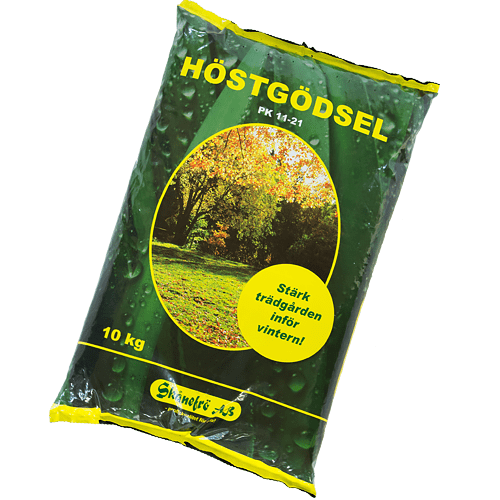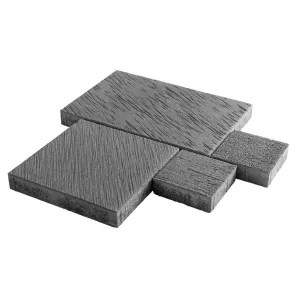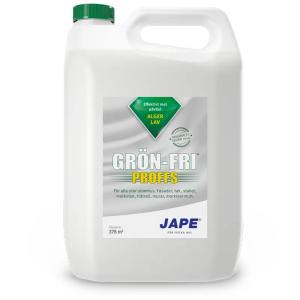Autumn Fertilizer Skånefrö PK 11-21, 10kg
Watch this product and we will notify you once it is back in stock.
Autumn Fertilizer Skånefrö PK 11-21, 10kg
Description
Fertilizer without nitrogen that can be used both in autumn and spring. Strengthens the plants and makes them more stress-resistant before the winter. Gives the lawn resistance to wintering diseases and is excellent for all plants in the garden. Granule size 3-4mm. Access to lawn and plants: 2.5-3 kg/100m2.
- For autumn and spring
- Strengthens the plants for winter
- For the whole garden
Fertilizer use
- Always follow the dosage instructions on the package and do not overdose.
- If the lawn is large, you can use a spreader trailer when fertilizing. If you are not used to it, it is not entirely easy to spread the fertilizer by hand with the correct dosage and without it being uneven.
- Fertilize in conjunction with rain. Then the nutrient grains quickly melt down and do not have time to burn the grass and cause ugly, brown spots.
- If it dries out after you fertilize, it's good if you can water the fertilizer down instead. Let the water spreader run for a few hours until all the nutrients have melted into the soil.
- Repeat the fertilization at regular intervals. Better to fertilize little and often than a lot and rarely. This can mean 4-5 times during spring and summer. However, this does not apply to long-acting fertilizers. It releases nutrients gradually over a long period of time, which reduces the risk that the lawn will not have time to absorb the fertilizer and the excess will go into the groundwater. Important to follow the instructions on the bag, and not to over-fertilize!
- As for lawn fertilizer, the last round is in August. (If you want to give the lawn something extra even in the autumn, you should instead use a special autumn fertilizer.) Then the lawn stops focusing on growth and copes with the winter better.
All plants need fertilizer and nutrition. Autumn manure is a long-acting fertilizer for most garden plants. It is used for shrubs, trees and flower beds, even for new plantings. Organic material such as leaves and rice can remain in the flowerbeds as protection against cold and frost. It eventually turns into finely divided plant material that breaks down and contributes nutrition to the plants.













